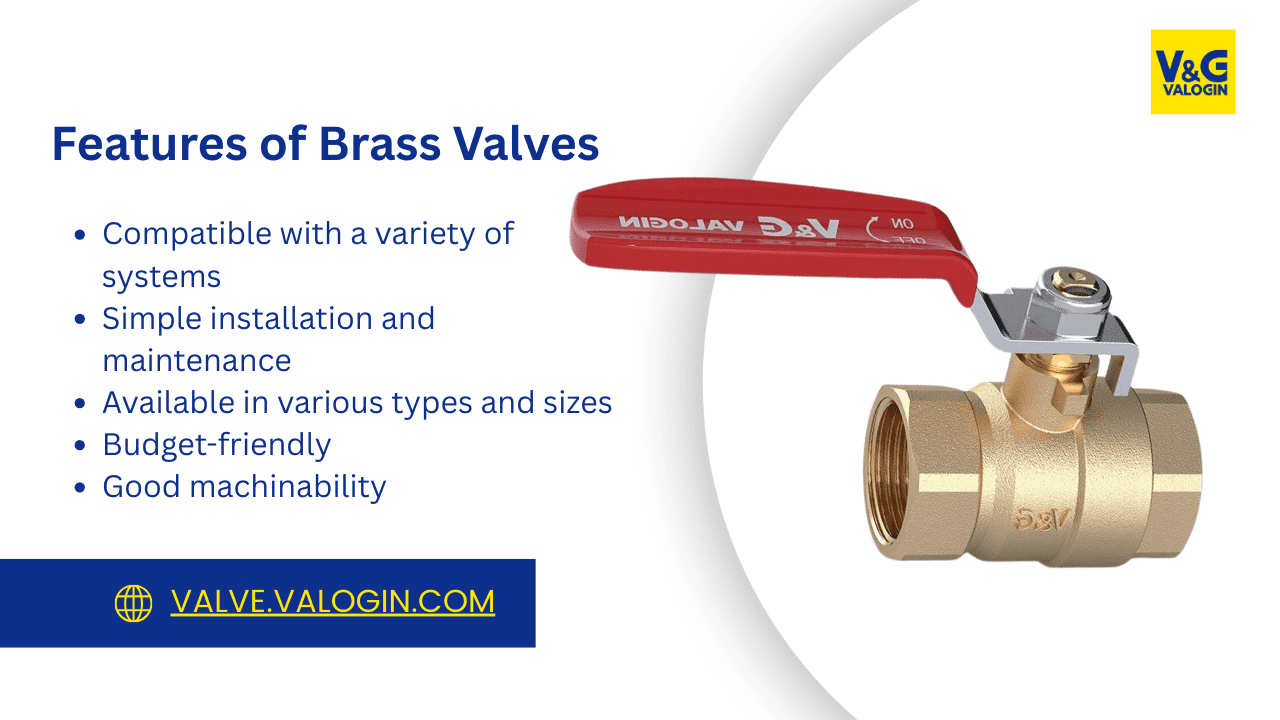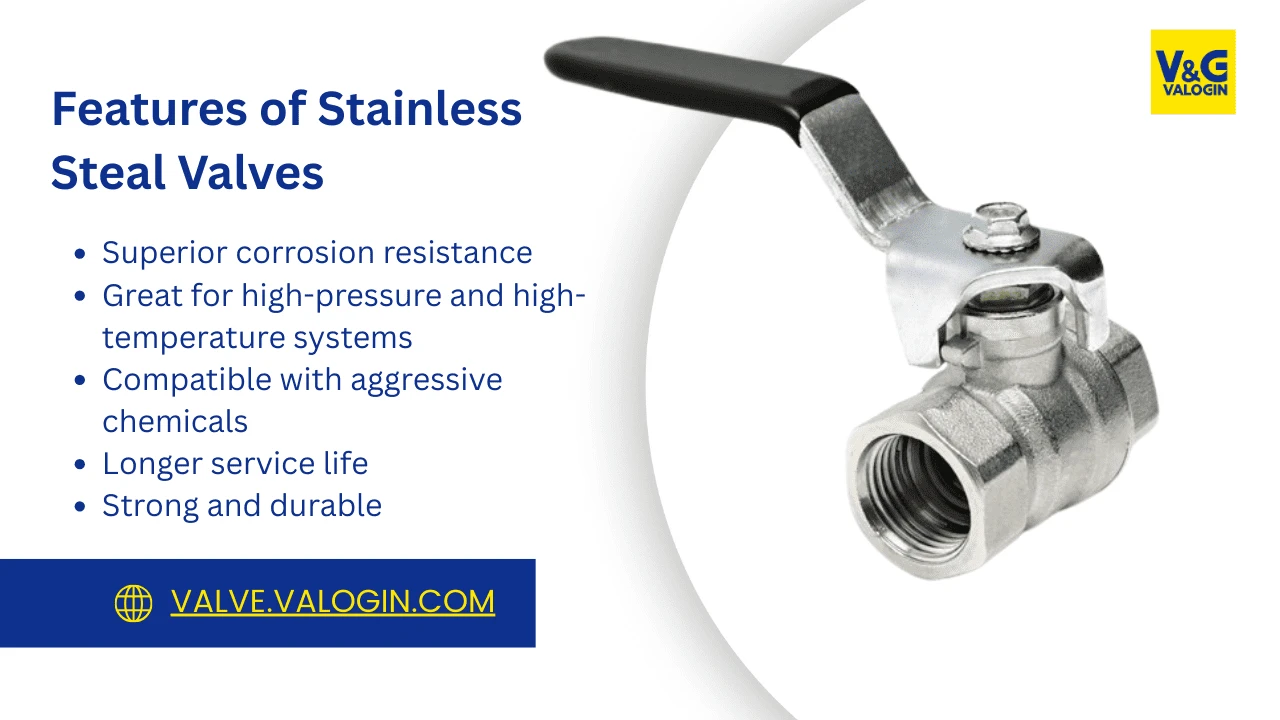Choosing the right ball valve for your system is more important than it might seem. Whether you’re dealing with residential plumbing, industrial applications or HVAC systems, the material of your ball valve can greatly affect performance, durability and cost. When it comes to common materials, two stand out: brass ball valves and stainless steel ball valves. Each material has its strengths, weaknesses and ideal use cases. Understanding the differences between them can help you avoid system failures, save money and increase the efficiency of your setup.
In this blog post, we’ll dive deep into a comparison of brass vs stainless steel ball valves. We’ll look at key factors such as corrosion resistance, cost, strength, temperature handling, chemical compatibility and more. We’ll also discuss which types of valves are best suited for specific environments, such as water systems, gas lines, oil circuits and air compressors. By the end, you’ll have a clear picture of which valve material best fits your project’s needs.
Let’s start with the basics and move through the most important differences between brass and stainless steel so you can make the best choice.
What is a Ball Valve?
A ball valve is a type of shut-off valve designed to regulate the flow of liquids or gases through a pipe system. It operates using a rotating ball with a central hole or port. When the hole aligns with the flow path, the valve is fully open, allowing fluid or gas to pass through freely. When the ball is turned 90 degrees, the port becomes perpendicular to the flow, effectively sealing off the passage and stopping the flow completely. This simple mechanism provides a quick and efficient on/off control with just a quarter-turn of the handle.
Ball valves are widely used across residential, commercial and industrial applications due to their tight sealing capabilities, even after long periods of disuse. They offer low torque operation, which means they’re easy to open or close manually, and they’re less prone to wear compared to other types of valves like gate or globe valves. Because of their durability, corrosion resistance and long service life, both brass ball valves and stainless steel ball valves are popular choices in systems dealing with water, oil, air, gas and even chemicals. Their compact size and high performance make them ideal for everything from home plumbing systems to complex industrial pipelines.
Overview of Brass Ball Valves
Brass ball valves are made from an alloy of copper and zinc, which gives them a balance of strength, flexibility and resistance to corrosion. These valves are one of the most commonly used types in residential plumbing, light commercial applications and even some low-pressure industrial systems. Their affordability and versatility make them a go-to choice for many projects.
Common Features of Brass Ball Valves:

- Compatible with a variety of systems: Brass ball valves can handle water, air, gas and certain oils. This makes them suitable for home plumbing, heating systems, compressed air setups and irrigation.
- Simple installation and maintenance: Brass is a softer metal compared to stainless steel, so it’s easier to work with. These valves are typically lightweight, making them easy to install, especially in tight or hard-to-reach places.
- Available in various types and sizes: You can find brass ball valves in different configurations—such as full port, reduced port, threaded or soldered—to fit your specific system requirements.
- Budget-friendly: One of the biggest advantages of brass valves is their low cost, especially when you need to install multiple valves in a system. For residential and light-duty commercial use, they often provide the best value for the money.
- Good machinability: Because brass is relatively soft, it’s easier to manufacture into precise components. This results in smoother threads, better sealing and consistent quality.
However, brass valves are not ideal for every situation. They are best used in systems where extreme pressure, high temperatures or aggressive chemicals are not present. In environments where the fluid contains chlorides or is highly acidic, brass may corrode over time, potentially leading to leaks or failure. Still, for everyday systems—like home water lines, compressed air, irrigation and fuel lines—brass ball valves provide reliable performance at a reasonable cost.
Overview of Stainless Steel Ball Valves
Stainless steel ball valves are made from iron alloys that include chromium, which forms a protective layer on the surface and helps prevent rust and corrosion. This built-in resistance to harsh conditions makes stainless steel valves a top choice for demanding applications. While they are typically more expensive than brass valves, their strength, reliability and lifespan often justify the higher cost, especially in systems exposed to chemicals, moisture or high pressure.
Common Features of Stainless Steel Ball Valves:

- Superior corrosion resistance: One of the biggest advantages of stainless steel is its ability to withstand corrosive environments. Whether the valve is exposed to saltwater, acidic solutions, or industrial chemicals, stainless steel resists rust much better than brass or other metals.
- Great for high-pressure and high-temperature systems: Stainless steel valves can handle intense pressure and heat, making them suitable for steam lines, industrial gas systems and high-temperature water systems. They maintain their strength and sealing capability under stress, reducing the risk of failure.
- Compatible with aggressive chemicals: These valves are commonly used in chemical processing plants, food and beverage systems and pharmaceutical manufacturing, where the fluids being handled might damage softer metals. Stainless steel doesn’t react easily with most chemicals, which makes it a safe and reliable choice.
- Longer service life: Stainless steel ball valves tend to last much longer than their brass counterparts. They’re less prone to cracking, corroding or wearing out, even after years of regular use. This long lifespan makes them a better choice for long-term installations or places that are hard to access for maintenance.
- Strong and durable: Stainless steel is a much harder and stronger material than brass. This added strength is critical in heavy-duty industrial environments, where valves must endure physical impacts, pressure surges or vibrations without breaking or deforming.
Because of these qualities, stainless steel ball valves are often found in marine applications, chemical handling systems, oil and gas pipelines, food processing, and fire protection systems. They are especially useful where cleanliness, reliability and corrosion resistance are critical.
While they may be overkill for light-duty jobs or basic home plumbing, stainless steel valves are the smart choice for any setup that involves harsh fluids, outdoor exposure or intensive mechanical use. Their durability and low maintenance needs can also help reduce long-term operating costs, despite the higher upfront investment.
Key Differences Between Brass and Stainless Steel Ball Valves
Now let’s break down the main factors that can help you decide.
1. Corrosion Resistance
One of the biggest differences is how well each material resists corrosion.
- Brass handles corrosion well in normal conditions, especially with water and air. However, in environments with saltwater or acidic solutions, brass can corrode over time.
- Stainless steel, on the other hand, is highly resistant to rust and corrosion. It performs better in harsh environments, including marine and industrial settings.
Verdict: Choose stainless steel if you need high corrosion resistance.
2. Strength and Durability
- Brass is softer and can wear down faster under heavy use.
- Stainless steel is much harder, so it can handle higher pressure and mechanical stress.
Verdict: For long-term durability and high-pressure systems, stainless steel is better.
3. Temperature Resistance
- Brass valves can usually handle up to 200°F (93°C) depending on the design.
- Stainless steel valves can withstand temperatures well above 400°F (204°C).
Verdict: For high-temperature systems, go with stainless steel.
4. Chemical Compatibility
- Brass may react with certain chemicals, especially acids and ammonia.
- Stainless steel is more chemically resistant and works well with a wide range of fluids.
Verdict: For chemical-heavy applications, stainless steel is safer.
5. Cost
- Brass valves are more affordable. They’re great for budget-conscious projects.
- Stainless steel valves cost more due to the material and production process.
Verdict: For basic tasks or when cost matters, choose brass.
6. Installation and Workability
- Brass is easier to cut, thread and install. Many plumbers prefer brass for this reason.
- Stainless steel is harder to work with and may require special tools.
Verdict: For easy installation, brass is the better choice.
Common Applications
Here’s how each type of valve fits into real-world uses:
Brass Ball Valves Are Commonly Used In:
- Home plumbing
- HVAC systems
- Irrigation
- Air compressors
- Light commercial uses
Stainless Steel Ball Valves Are Best For:
- Industrial processes
- Chemical plants
- Marine applications
- Oil and gas pipelines
- Food and beverage manufacturing
When to Choose Brass Over Stainless Steel
Choose brass when:
- The application involves water, air or non-corrosive gases
- You’re working in residential or light commercial settings
- Budget is a key factor
- The system doesn’t require high pressure or extreme temperatures
When to Choose Stainless Steel Over Brass
Choose stainless steel when:
- You need strong resistance to rust or chemicals
- You’re dealing with high-pressure or high-temperature fluids
- You’re in an industrial, marine or chemical environment
- You want a valve that will last longer and require less maintenance
Final Thoughts
Both brass ball valves and stainless steel ball valves offer value but they serve different needs. Brass is affordable, easy to work with and perfect for general plumbing or HVAC use. Stainless steel, while more expensive, delivers superior strength, corrosion resistance and durability for tough conditions.
Before you choose, think about what the valve will handle. Consider the fluid type, pressure, temperature and environmental conditions. Taking time to make the right choice now can save you money and headaches later.
No matter which one you choose, always buy from a trusted supplier and check that the valve meets industry standards for safety and performance.
With the right valve in place, your system will run more efficiently and last longer. Now that you know the key differences, you can confidently pick the best valve for your next project.


